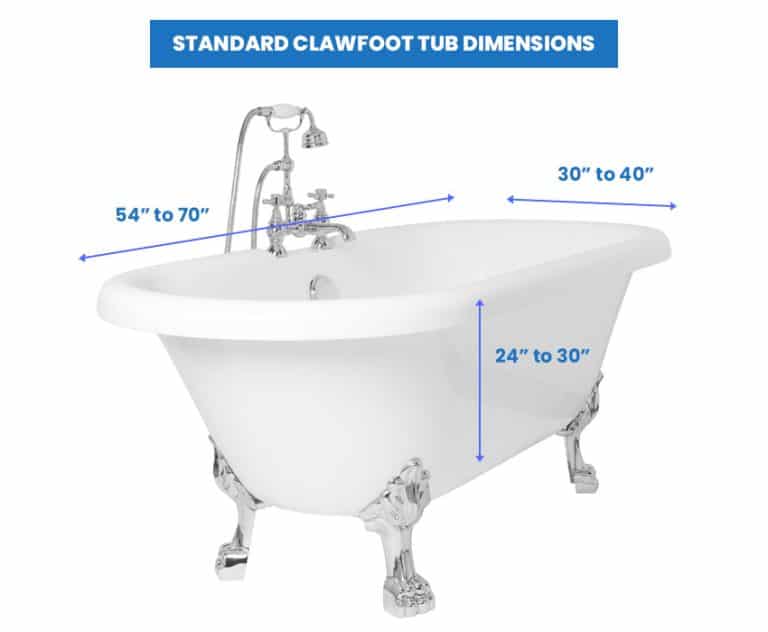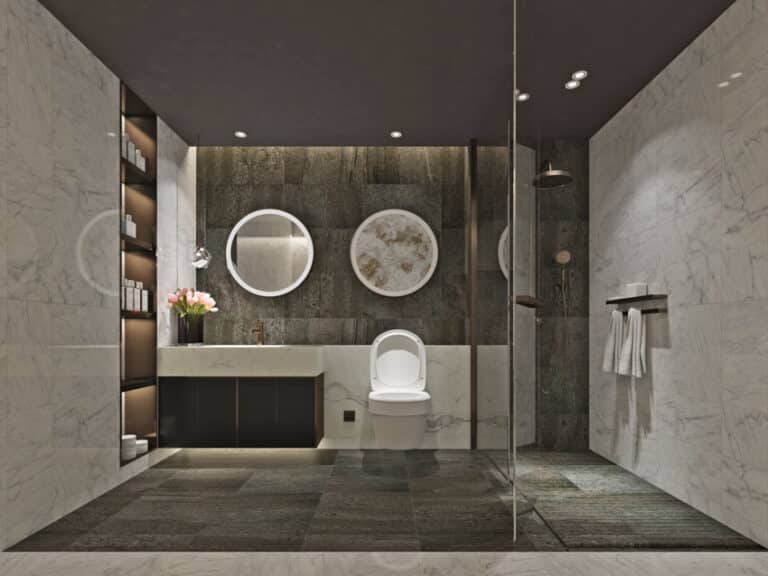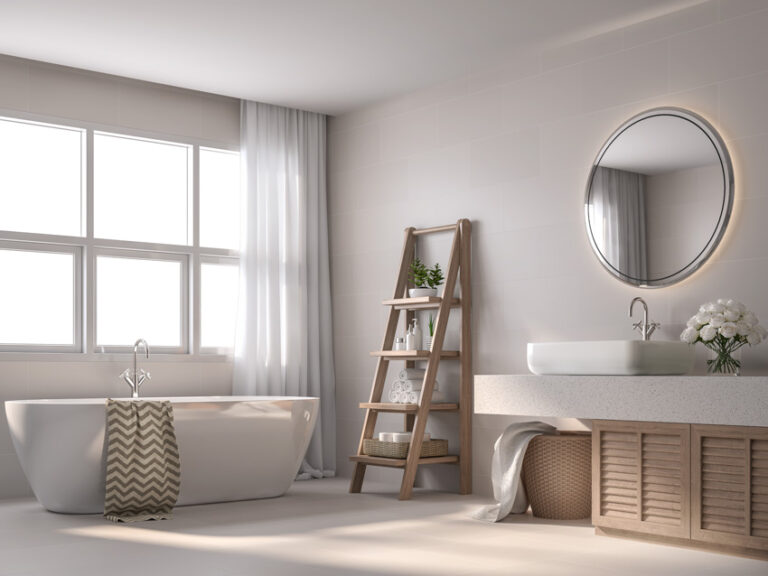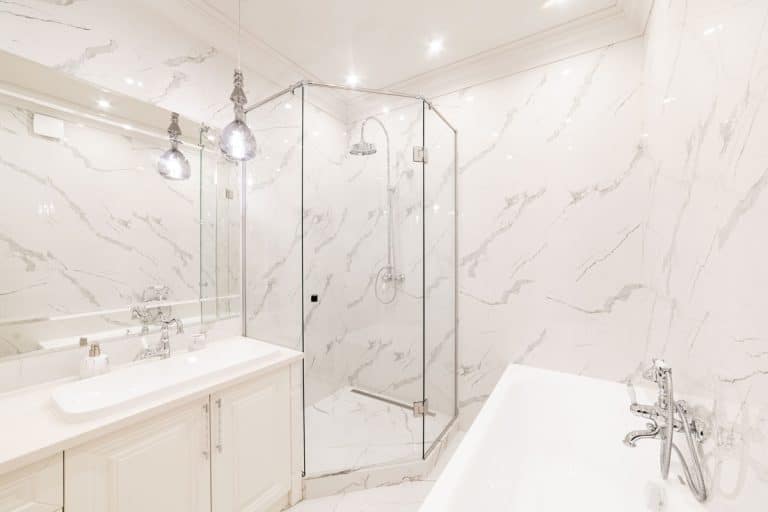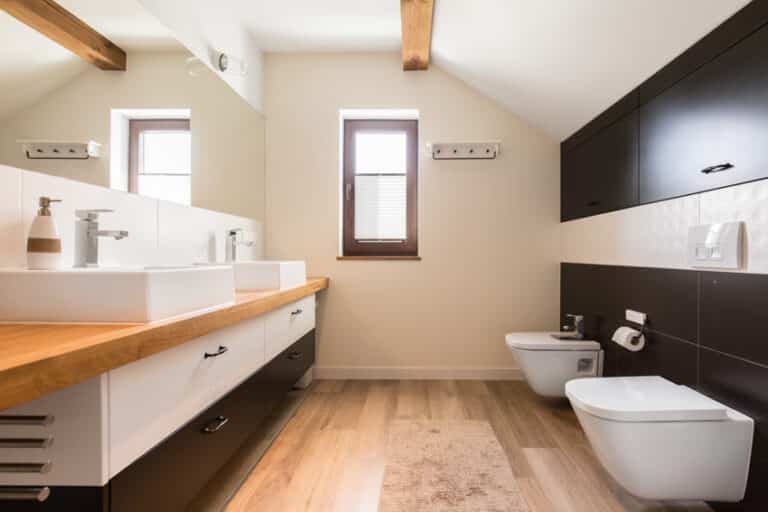10 Tips For Choosing the Perfect Bathroom Vanity
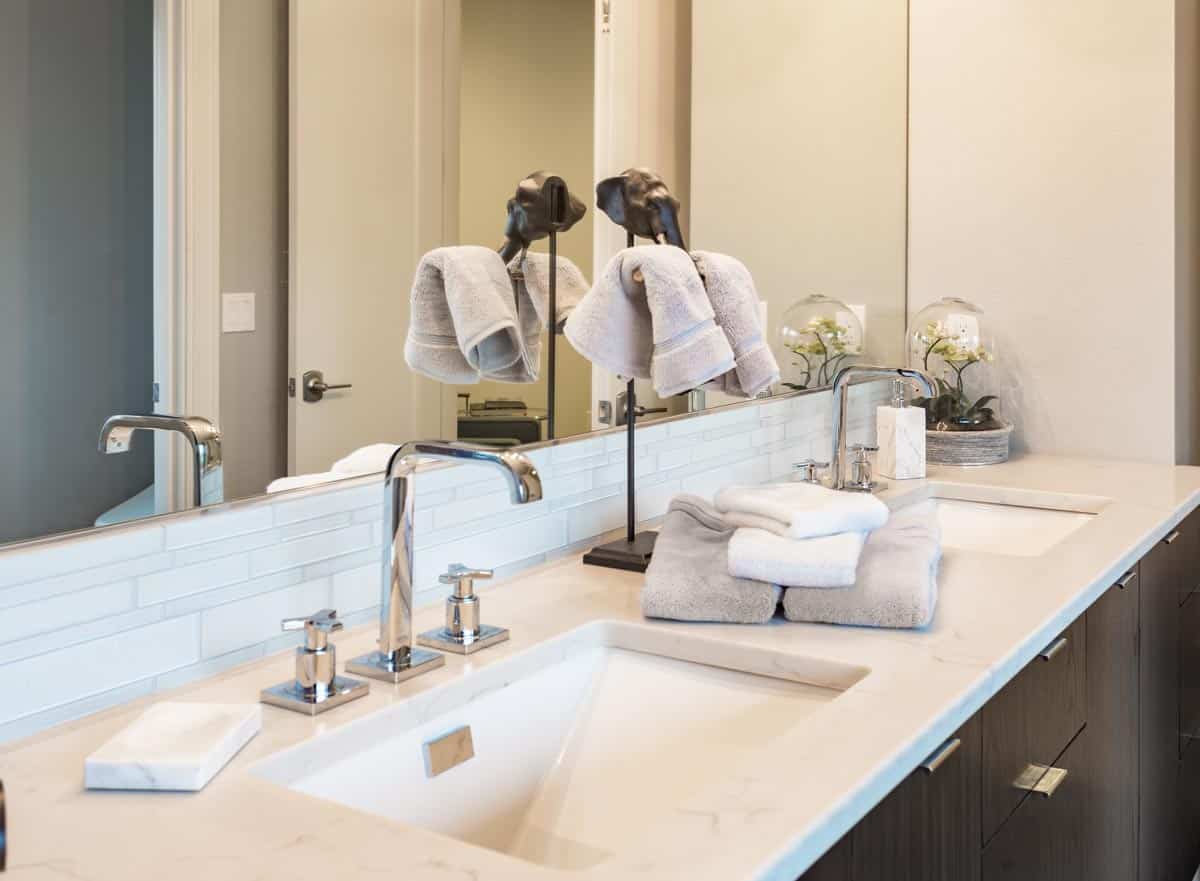
The first thing to think of in choosing the perfect bathroom vanity is the people who are going to be using it and understand how the vanity will be used, its purpose and its accessibility. It is also important to determine the size and layout of the bathroom where you plan to install the vanity. This will help you decide the right dimension, type, and style of the vanity that will best fit your floor plan.
Additional Bathroom Planning Considerations:
- Daily usage patterns and peak times
- Storage requirements for all users
- Accessibility needs and height requirements
- Traffic flow patterns around the vanity
Choosing A Bathroom Vanity Type
Let’s go over the basic options to help you determine what’s best for your situation.
Freestanding Vanities
The most common and traditional type is the freestanding vanity. This type of vanity usually has more countertop space that comes with a mounted sink and a large storage space. The freestanding vanity usually has several drawers and a cabinet under the sink for storing toiletries. When selecting a freestanding vanity, measure not only the vanity’s footprint but also ensure a minimum clearance of 30 inches in front for comfortable access, while confirming that cabinet doors and drawers can fully open without obstruction from other bathroom fixtures.
Enhanced Features to Consider:
- Multiple drawer configuration options
- Integrated sink mounting systems
- Ventilated storage spaces for moisture control
- Adjustable shelf options
Built-in double Vanities
The built-in vanity is commonly designed as a double vanity type which is best for larger spaces such as the master bathroom or in a common or shared arrangement. As the name suggests, this type of vanity has two sinks and usually has more counter space and a lot of additional storage. Before committing to a built-in double vanity, verify that your water supply lines can maintain adequate pressure when both faucets are running simultaneously, and confirm you have at least 60 inches of horizontal wall space to accommodate proper sink spacing and shared storage.
Additional Considerations:
- Plumbing requirements for dual sinks
- Optimal spacing between basins
- Shared storage organization
- Mirror and lighting placement
Console Sink Vanities
If you want the simplest form of vanity, opt for the console sink vanity with a stylish support frame. This type of vanity is commonly used in powder rooms or bathrooms with limited space. It has a sink basin and may feature a small countertop space with a drawer and an open shelf for towel and toiletry storage. When choosing a console sink vanity, prioritize models with a minimum 8-inch countertop depth on either side of the basin to ensure essential toiletries have a dedicated space, which is particularly important given the limited storage of this minimal design.
Design Enhancements:
- Material options for support frames
- Water-resistant storage solutions
- Space-saving design features
- Modern style variations
Corner Vanities
For small or irregular bathrooms, the perfect vanity to use is the corner vanity. This type of vanity can provide more counter space and the storage that you need while maximizing your corner space. To select the ideal corner vanity, measure from both walls creating the corner to ensure you’ll maintain at least 18 inches of clearance on each side for comfortable usage, and opt for models with diagonal fronts rather than curved designs to maximize usable counter space.
Space Optimization Strategies:
- Angular design considerations
- Creative storage solutions
- Counter space maximization
- Installation requirements
Designer Tips For Choosing a Bathroom Vanity
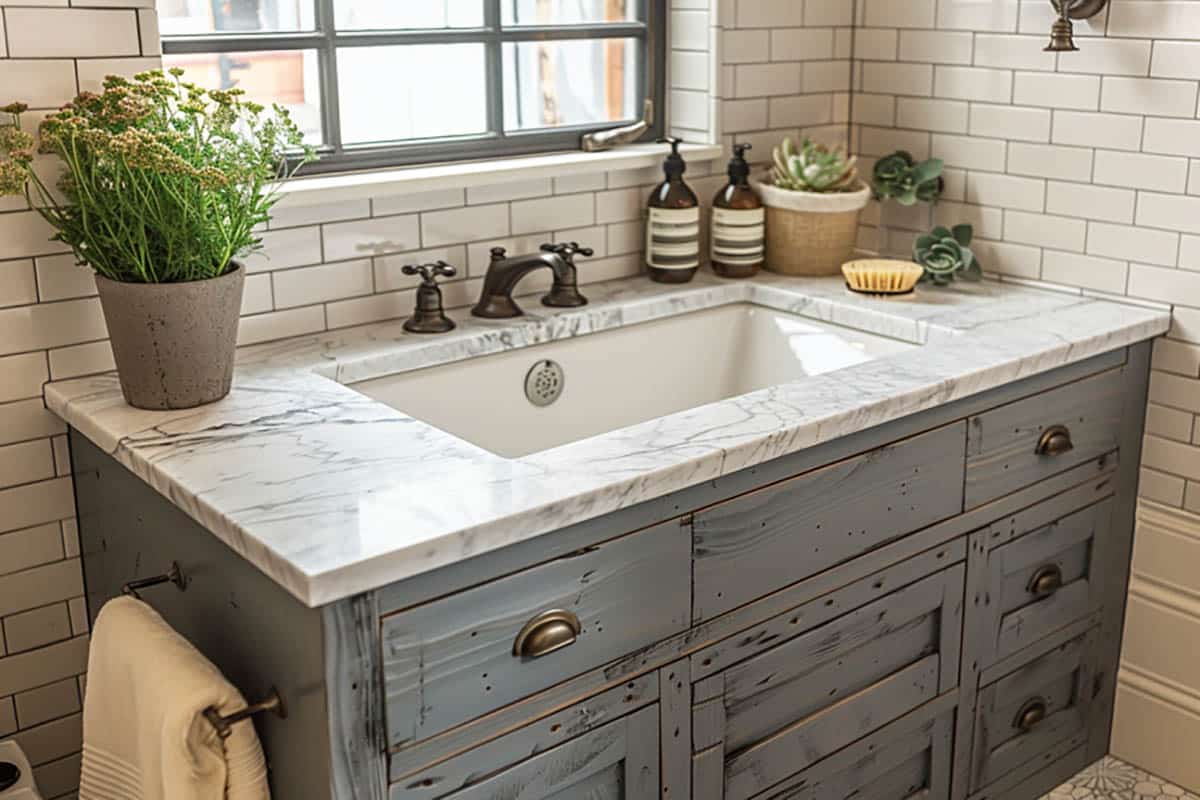
Size: Measure to ensure you have the proper vanity dimensions to fit your floor plan without overcrowding the room.
Style: Look for a cabinet and countertop design that match your overall bathroom design (For example, modern, traditional, rustic). In addition make sure the hardware finishes match the others used for your sink, shower, tub and towel rods for a cohesive look.
Storage needs: Ensure that the cabinet provides the storage you need and check that the drawers and doors will open properly , considering the walls, toilet, tub or other obstructions in your space.
Sink type: Do you have a sink or will you be buying an integrated unit. If you already have one, consider if your undermount, vessel, or other type of sinks will fit. Will it be a double or sink sink basin and will it fit?
Countertop material: Look for vanities with durable and water-resistant materials such as quartz, granite, concrete, or solid surface. Try matching the surface with other elements such as the shower surround or wall cladding for a pleasant aesthetics.
Budget: Make sure the one you buy fits your budget and consider the cost of the vanity, sink, shipping, tax and installation costs. A basic installation of a vanity and sink combination can run between $200 to $800 which includes removing the old unit and connecting the sink’s plumbing. More complex installations will cost more and could run from $800 to $2000, depending on if moving plumbing, and electrical is required or if their is other custom structural work necessary.
Additional Cost Considerations:
- Material quality differences
- Labor variations by region
- Permit requirements
- Unexpected complications
Plumbing compatibility: Check that the cabinet will work with your existing plumbing, or determine if you need to make changes to the configuration to make it work.
Height: Choose a comfortable countertop height for daily use, and make sure its sized to those who will use it the most. Will it interfere with your mirror placement?
Color: Go for a color that complements your bathroom’s color scheme and matches other cabinetry in the design.
Floating vs. floor-mounted: Will it be floated or hung from the wall with space underneath or will it be a standard floor-mounted one that typically offers more storage.
Discovering the perfect vanity will influence and enhance the elegance and style of your bathroom plus it establishes functionality and storage space according to your needs. The vanity countertop also plays an essential role since it acts as a support for bathroom sinks and cabinets.

